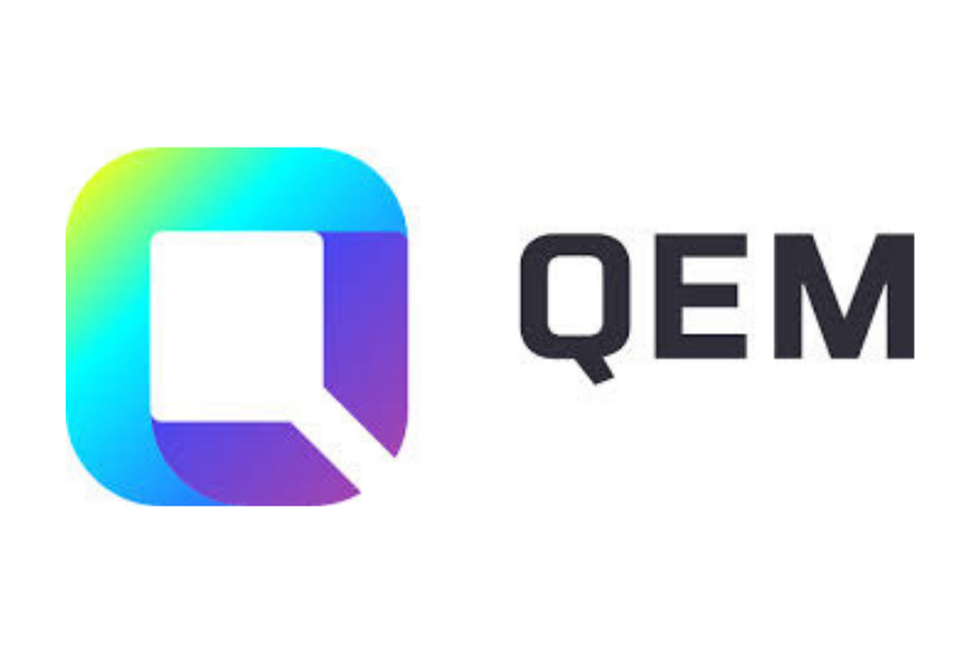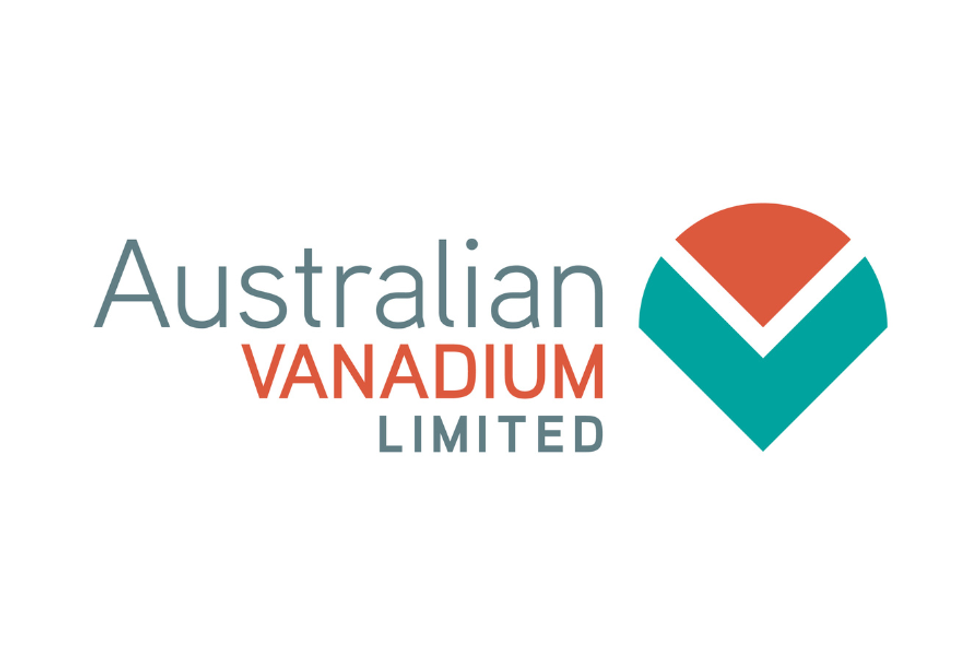Vanadium Outlook 2020: Is Vanadium Due for a Comeback?

What’s ahead for the vanadium space? Read on to see what market watchers see for the vanadium outlook in 2020.
Click here to read the latest vanadium outlook.
Vanadium’s journey in 2019 was quite different from 2018, a year that saw interest in the space and prices soar to levels not seen in a decade.
But in the past 12 months, prices have declined quicker than market watchers expected, although many continue to bet on the battery metal‘s long-term fundamentals due to its energy storage potential.
As the year comes to an end, what can investors expect in 2020? Read on to learn more about vanadium’s performance in 2019, as well as what analysts and market watchers had to say about the space and the vanadium outlook for next year.
Vanadium trends 2019: The rollercoaster year
Vanadium was one of the best-performing battery metals of 2018, but following that stellar year, prices for both vanadium pentoxide (V2O5) and ferrovanadium fell dramatically in 2019.
“We expected prices to fall, but not so quickly,” Roskill Director Jack Bedder said. “We also expected a similar market balance to that which we see today.”
However, he added, both demand, because of strong rebar output, and supply, because of higher-than-expected production from Chinese slag producers, were higher than anticipated.
Weakened demand, failure to enforce new rebar standards in China and economic uncertainty have all weighed on prices for the specialty battery metal.
Most vanadium output is used in China for steel applications, particularly in the high-strength, low-alloy steel used to make construction rebar.
According to Roskill, China’s new rebar standards, which set up stricter strength criteria from November 2018 onwards, were expected to trigger a big increase in vanadium demand, with more steelmakers using vanadium micro-alloying.
“The implementation of the new regulation was slower than expected,” Roskill Director Jack Bedder said. “Most of China’s large mills were already complying with the new standards prior to November 2018, while smaller mills have been slower to act, benefiting probably from a tolerance period.”
Similarly, SP Angel Analyst John Meyer explained that the new Chinese regulations require substantially more vanadium in the steel, which was expected to drive demand higher.
“Unfortunately, higher vanadium prices, poor compliance in China and substitution with niobium caused demand to fall, with vanadium prices pulling back to US$27.5 (per kilogram) in China and US$20.25 in Western Europe,” he said.
Despite this, vanadium demand benefited from China’s record rebar output, which was 20 percent higher from Q1 to Q3 2019 than in 2018, driven by buoyant construction and infrastructure sectors.
“Roskill expects a softer H2 due to seasonality and a weaker economy,” Bedder said. “But this was good news for vanadium demand.”
Another factor impacting vanadium demand was higher niobium substitution than expected.
“The vanadium price spike in 2018 drove Chinese mills to substitute vanadium with niobium, which displays less price volatility,” Bedder explained.
Looking over to supply, vanadium co-production increased in 2019, with increases at Chengde Jianlong and Chuanwei. Co-producers are low-cost vanadium producers that account for about 50 percent of vanadium output.
In 2019, the most challenging aspect of the sector continued to be the historically volatile market price of vanadium, which unfortunately is what controls the share prices of most publicly traded vanadium companies, according to VanadiumCorp (TSXV:VRB,OTC Pink:APAFF) CEO Adrian Bakker.
“As such there is no business case for vanadium batteries if resources remain few and far between, controlled by the Chinese and predicated on outdated pollutive and inefficient methods of extraction.”
Similarly, Curtis Moore, vice president of marketing and corporate development at Energy Fuels (TSX:EFR,NYSEAMERICAN:UUUU), said price volatility makes it extremely difficult to be a western vanadium producer.
“The past two years for vanadium can only be described as a rollercoaster,” he said. “Vanadium is a relatively thinly traded market, and the biggest driver of vanadium prices is economic and industrial policy in China, which is opaque to say the least.”
For John Lee, executive chairman of Prophecy Development (TSX:PCY,OTCQX:PRPCF), the opacity of the vanadium market as a whole also provides challenges. That’s because very little of the overall market is openly traded, thus only a small amount of vanadium traded can impact the spot price, which can produce a perception of volatility and overall uncertainty.
“Vanadium as a whole is not well understood by financial markets, which provides another challenge to raising investment interest,” he added.
Vanadium outlook 2020: Market watching China
Looking ahead, Roskill expects to see a relatively balanced market in 2020.
“But there are various forces that could push prices up,” Bedder said. “All eyes will be on China, where higher demand or lower supply could make things interesting.”
In terms of prices, Meyer said vanadium prices are down, but definitely not out. Prices are expected to recover sharply in the next few months as buying returns to the market.
“The market is still digesting some new temporary supply at a time of slow buying activity, causing prices to fall further than would normally be expected,” he said.
For Energy Fuels’ Moore, with the level of uncertainty in the vanadium market, he does not believe it is advisable to try make predictions on the timing of future price increases.
“Instead, we believe maximum flexibility is key for us, and we are positioning ourselves to be able to respond to both increasing and decreasing prices,” he said.
In 2020, Robert Klein, CFO of Western Uranium and Vanadium (CSE:WUC,OTCQX:WSTRF), which is developing its Sunday mine complex, anticipates a measured rise in vanadium prices.
“Because the primary use of vanadium is in steel manufacturing there is a close correlation with steel production volumes,” he said. “However, we anticipate that secondary demand from vanadium redox flow batteries (VRFB) will increasingly impact global vanadium volume.”
With the global electrification trend, VRFB growth can be expected to increase vanadium demand quantities, Klein added.
Prophecy’s Lee also expects to see a rise in vanadium prices for several reasons. His company is developing the Gibellini vanadium project in Nevada, US.
“The vanadium supply is relatively inelastic at this time, with most of the vanadium supplied by China, South Africa, Russia and Brazil,” he said. “Reported stockpiles are dwindling and attempts to increase production from these sources has met challenges.”
In addition, niobium substitution presents challenges as its supply is even more inelastic than vanadium’s. Only three countries in the world produce the metal, whose total output stands at 68,000 metric tons produced annually, according to the US Geological Survey. Brazil accounts for 88 percent of global output.
“(T)he properties it imbues in steel alloys are not identical (to vanadium); while it strengthens steel it does not impart the same shear-stress properties that make vanadium an effective alloy metal in earthquake-resistant construction,” Lee added.
Vanadium is scheduled for evaluation in 2020 by the US government under its critical minerals initiative.
“Both uranium and vanadium are minerals that have been deemed critical to US national security, according to the US government,” Energy Fuels’ Moore said. “Therefore, by providing support for the US uranium industry, the government would also support domestic vanadium production.”
Energy Fuels owns the White Mesa mill, the only conventional uranium mill operating in the US today that also has the ability to produce vanadium when market conditions warrant.
SP Angel’s Meyer pointed out that a lack of financial liquidity through 2019 combined with worsening sentiment relating to the US-China trade war hit new construction and demand for strengthened steel products, causing buyers to hold back on vanadium purchases.
“Infrastructure projects are the fastest way to restore economic growth, and we expect new liquidity to come into the construction sector as policymakers work to restore confidence and reflate western economic growth,” he said.
But while vanadium has long been used as an alloy material for steel manufacturing, the real potential the metal holds is in its energy storage capabilities in VRFBs.
“VRFBs are well placed to operate alongside and in place of lithium-ion batteries, which have generally lower energy capacity and shorter discharge timeframes, but which can discharge faster,” Meyer said.
SP Angel forecasts that VRFB demand in Southern Africa alone could consume over 5 percent of global vanadium production over the next few years, creating significant new demand in a market where supply is relatively consistent.
“If this trend is repeated in the US, China and Europe, then we can see new demand for vanadium easily outstripping supply in future years, with grid developers queuing to secure available vanadium electrolyte supply,” Meyer added.
For investors new to the space, VanadiumCorp’s Bakker suggested researching which companies are best positioned to supply the vanadium required for the battery market to fully commercialize.
“(Investors) will likely find there are no companies commercially developing this full supply chain, and the only two primary vanadium producers serve the needs of the predominant market: the steel and alloy market,” he said. “Vanadium makes the best batteries; however, no one has solved the paradox by integrating resources, green process technology and battery technology combined.”
In 2020, VanadiumCorp is targeting commercial production of vanadium batteries, as well as a resource statement indicating that its resource base in Quebec is uniquely suited to meet the needs of the high-purity vanadium market.
“What sets us apart is long and mid-term price protection of vanadium through our own supply chain,” Bakker said.
Similarly, Prophecy’s Lee suggested that investors new to the vanadium market spend time educating themselves on who the key players are on a global scale, as that will inform them of the potential for vanadium.
“Just as individual projects for any commodity can be gauged by country risk, the relatively few players in the vanadium market can likewise be viewed from their source countries. Keeping an eye on the developments from these places may well inform any potential investor what lies on the horizon for vanadium.”
In Q1 2020, Prophecy is hoping to trigger a notice of intent for the environmental impact statement for its Gibellini vanadium project in Nevada. If successful, this process would mean that Prophecy will have in its possession a fully permitted project for production of vanadium.
Don’t forget to follow us @INN_Resource for real-time news updates!
Securities Disclosure: I, Priscila Barrera, hold no direct investment interest in any company mentioned in this article.
Editorial disclosure: Western Uranium and Vanadium and Energy Fuels are clients of the Investing News Network. This article is not paid-for content.
The Investing News Network does not guarantee the accuracy or thoroughness of the information reported in the interviews it conducts. The opinions expressed in these interviews do not reflect the opinions of the Investing News Network and do not constitute investment advice. All readers are encouraged to perform their own due diligence.

